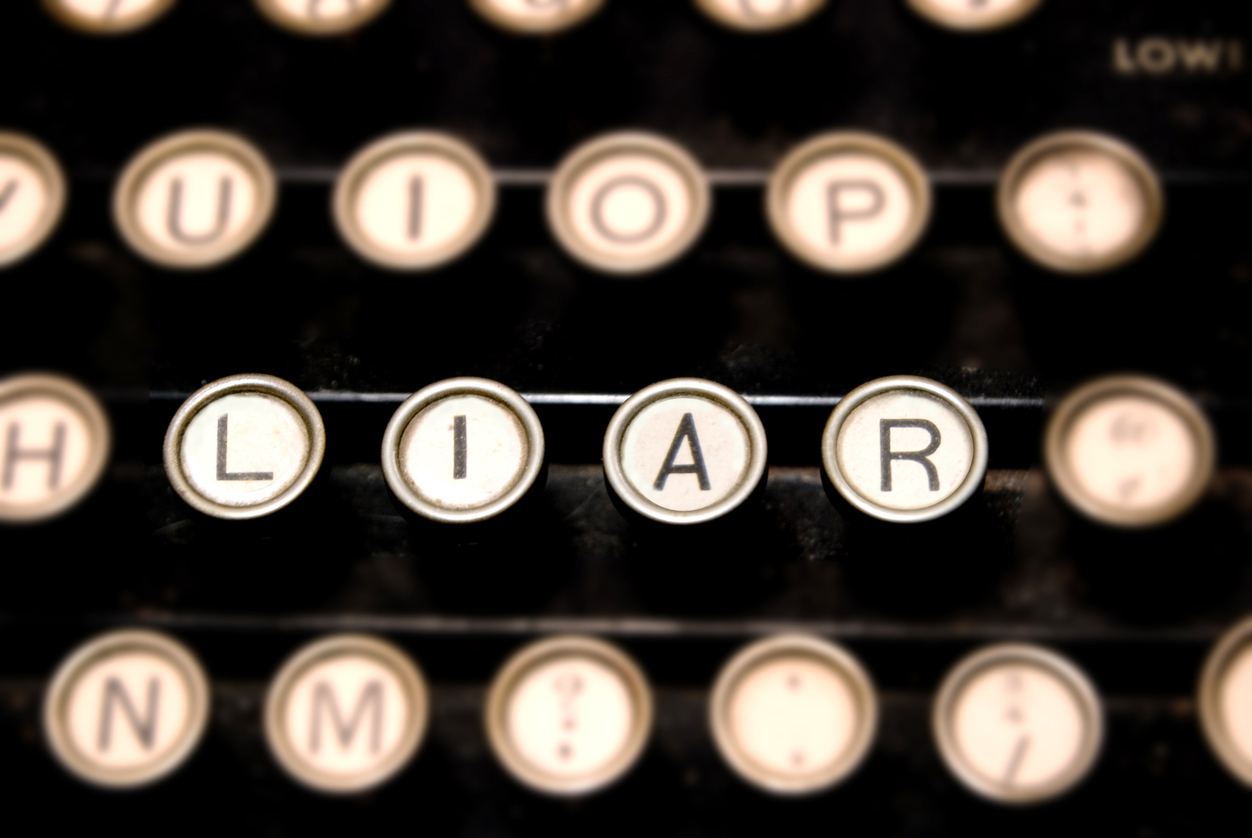Consequential damages play a significant role in both contract law and insurance claims, but they operate under different frameworks and have distinct implications depending on the context.
- Consequential damages in contract law are indirect, foreseeable losses that result from a breach of contract.
- Consequential damages in insurance claims are indirect losses resulting from — but not directly caused by — an insured event.
Consequential Damages in Contract Law
In contract law, consequential damages are indirect, foreseeable losses resulting from a breach of contract. For example, suppose two parties enter into a business agreement. Their contract outlines specific obligations for each party. When one party fails to meet its contractual obligations, this could be considered a breach of contract.
As a result of this breach, the non-breaching party might suffer additional losses beyond the direct impact of the breach. These extra costs or losses, which stem from the breaching party’s failure to fulfill its duties, could be considered consequential damages. These damages are not directly caused by the breach itself, but they are a result of the ripple effects from the one party’s failure to meet contractual obligations.
To recover consequential damages in contract disputes, the injured party must prove that:
- The damages were reasonably foreseeable by both parties at the time of contracting.
- The damages are directly traceable to the breach.
- The injured party mitigated their losses as much as reasonably possible.
By awarding consequential damages to a non-breaching party, courts provide a remedy allowing for compensation not only for the breach itself, but also for the additional hardships caused by the breaching party’s actions or inactions.
Consequential Damages in a Property Insurance Claim
In property insurance claims, consequential damages refer to indirect losses or damages that result from an insured event but that aren’t directly caused by the insured event itself.
Unlike in contract law, where consequential damages stem from a contract breach, in an insurance claim, they stem from the circumstances of the insured event.
This distinction is important because insurance policies are specifically designed to cover certain perils and their consequences. Insurance policies limit or exclude many types of common consequential damages. But, since these damages are indirect, other types of consequential damages often are not specifically addressed in the policy.
The insured typically bears the burden of proving that consequential damages fall within the policy’s coverage, while the insurer must prove any applicable exclusions.
Examples of Consequential Damages in a Property Insurance Claim
Business Interruption Losses: For businesses, the inability to operate during repairs can lead to a loss of income. For example, a retail store may experience a significant decrease in sales if it must close temporarily due to damage.
Loss of Rental Income: If a rental property is damaged, the property owners who rent out that space may lose months of rental income while the property is uninhabitable. If a fire, for instance, makes a rental unit unlivable, the landlord could lose that rental income for the duration of the repairs.
Additional Living Expenses (ALE): When residential properties are damaged, homeowners may need to relocate temporarily. The cost of staying in a hotel or renting a temporary residence is a common form of consequential damages.
Expedited Expenses: Extra costs incurred to speed up the repair, replacement, or restoration of damaged property in order to resume normal operations as quickly as possible following a covered loss.
Spoilage of Inventory or Stock: For businesses reliant on perishable goods, property damage can have a cascading effect. A power outage caused by a covered loss, for instance, could result in the loss of refrigerated inventory.
Damage to Undamaged Parts of the Building: During repairs, previously undamaged areas of a building may be affected. These can include:
- Access-Related Damage: Repairing concealed or hard-to-reach damaged areas often requires removing or disturbing undamaged materials.
- Cosmetic Damages: In some cases, matching materials for repairs (like roofing or flooring) may no longer be available, forcing the owner to replace otherwise undamaged areas to maintain uniformity.
- Compatibility Issues: When damaged building components are obsolete or incompatible with available replacement parts, sometimes full replacement of the entire system is necessary even if only a small portion was originally damaged.
- Structural Integrity Issues: Removing or repairing a structural component could compromise adjacent undamaged parts, necessitating additional reinforcement.
- Ordinance & Law (Code Upgrade): If the building was grandfathered under outdated codes, repairs may need to bring certain areas up to current building standards.
Consequential Damages in Property Insurance Law
Fundamentally, insurance policies are contracts between the insurance company and the insured. Therefore, legal principles governing consequential damages in contract law also apply to insurance policies.
Consider a scenario where an insured has purchased a policy with an insurance company. The insurance policy is a binding contract between the two of them. When a covered event occurs, the insured files a claim, as per the policy terms. However, if the insurance company unreasonably delays processing the claim, wrongfully denies it, or otherwise fails to meet its contractual obligations, this could be considered a breach of the insurance contract. If the breach causes the policyholder to incur additional expenses or lose business, those financial harms might be considered consequential damages.
To recover these types of consequential damages, the insured must typically prove that the damages were reasonably foreseeable when the policy was issued, they’re directly traceable to the insurance company’s failure to fulfill its duties, and that the insured took reasonable steps to mitigate their losses. The specific terms and coverage provisions of the insurance policy as well as state statutes, regulations, and case law can also play significant roles in determining the recoverability of consequential damages.
Consequential Damages in Bad Faith Insurance Cases
Consequential damages in bad faith insurance cases refer to the additional losses that an insured party incurs as a result of the insurer’s bad faith actions, beyond the direct damages covered by the policy. Typically, these damages must be proximately caused by the insurer’s bad faith conduct and are foreseeable at the time the contract was made.
In some jurisdictions, consequential damages in bad faith cases can include mental pain and suffering, attorney’s fees, and other direct consequential damages such as litigation costs, expert expenses, and prejudgment interest.
Can Consequential Damages Be Awarded in Excess of the Policy Limit?
Depending on the jurisdiction, consequential damages can be awarded in excess of the property insurance policy limits in both bad faith and some breach of contract cases. These excess damages are also sometimes called “extracontractual damages.”
How To Prove Consequential Damages in a Lawsuit
To prove consequential damages in a lawsuit for breach of contract, a plaintiff must establish several key elements:
First, the plaintiff must demonstrate that the consequential damages were caused by the breach of contract. This requires showing a direct causal link between the breach and the damages incurred.
Second, the plaintiff must prove that the damages were foreseeable at the time the contract was made. This means that the damages must have been within the contemplation of the parties when they entered into the contract, or, at least, that the breaching party had reason to foresee the damages as a probable result of the breach.
Additionally, the plaintiff must establish the extent of consequential damages with reasonable certainty. This involves providing sufficient evidence to estimate the amount of damages without resorting to speculation or conjecture. In some jurisdictions, it’s also necessary to show that the defendant tacitly agreed to assume responsibility for such damages, either explicitly or implicitly, at the time of contracting.
FAQs about Consequential Damages
Is There Another Term for Consequential Damages?
Consequential damages are synonymous or related to the following terms: “extracontractual damages,” “indirect damages,” “special damages,” and “incidental damages.”
Can You Recover Lost Profits Such as Rental Income As Consequential Damages in a Property Insurance Case?
Lost profits, such as rental income, may be recoverable as consequential damages in an insurance claim subject to the terms and conditions of the insurance policy. In breach of contract and bad faith lawsuits, lost profits can also be awarded in some scenarios depending on the policy contract terms and the rules and regulations of the jurisdiction.
Can You Waive the Right to Consequential Damages in an Insurance Policy?
Generally, the answer is yes, an insured can waive the right to consequential damages. However, insurance laws and regulations can vary significantly by state. As discussed above, there are many types of consequential damages that can flow from an insurance claim or a policy contract dispute.
Have Questions About Consequential Damages? Contact Merlin Law Group
Navigating the complexities of insurance claims can feel overwhelming. Whether you’re facing unpaid claims or simply filing for the first time, our eBooks equip you with the crucial information you need to advocate for yourself with confidence.
- Filing A Property Insurance Claim
- Insurance Company Response Time
- What To Do When You Have a Denied/Underpaid Claim
- Wildfire Claims
- Flood Claims Handbook
- More Information on Hurricane Deductible and Policy Limits
- Condominium Hurricane Preparedness
If you’re fighting an insurance company that won’t pay up on claims, Merlin can help. With nearly 40 years of practice and $2 billion in recovered claims, our team stands by your side to ensure you can face any insurance challenge with confidence. Contact us today for a consultation, or read more about how we’re your trusted advocate.




